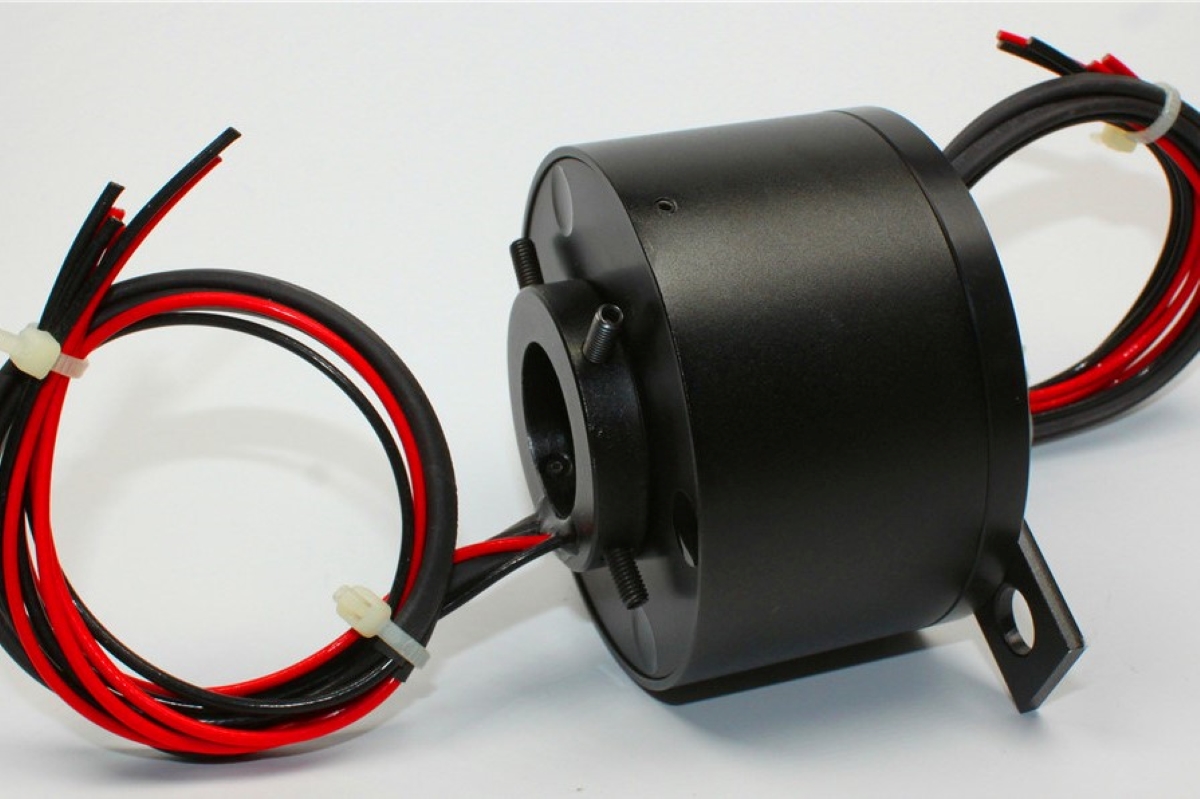In the realm of international trade, precise classification of goods is paramount. Harmonized System (HS) codes, an internationally recognized coding system, play a crucial role in simplifying cross-border transactions. For businesses involved in the import and export of electrical slip rings, understanding the HS code is essential. In this article, we embark on a journey of unraveling the HS code for electrical slip rings, exploring its significance, classification process, and the impact it has on global trade. Prepare to be enlightened as we decipher the HS code that governs the international commerce of electrical slip rings.
- The Significance of HS Codes
- Understanding HS Code for Electrical Slip Rings
- Classification Process for Electrical Slip Rings
- HS Code for Electrical Slip Rings
- Impact on Global Trade
- Seeking Expert Guidance
The Significance of HS Codes
HS codes, part of the globally accepted Harmonized System, are standardized codes used to classify products for international trade. These codes serve as a common language between countries, enabling accurate identification and classification of goods. The HS code system is instrumental in simplifying customs procedures, facilitating trade negotiations, and ensuring consistent application of tariffs and regulations.
Understanding HS Code for Electrical Slip Rings
a) Facilitating International Trade: The HS code for electrical slip rings plays a crucial role in international trade. It ensures accurate classification, enabling seamless customs clearance, and reducing delays at borders. Proper classification using the HS code facilitates the efficient movement of goods across countries, contributing to a smoother supply chain.
b) Tariff Determination: HS codes are also instrumental in determining applicable import and export duties, taxes, and regulatory requirements. By accurately classifying electrical slip rings, importers and exporters can assess the associated costs and comply with the relevant trade policies of the importing and exporting countries.
Classification Process for Electrical Slip Rings
a) Identifying Key Characteristics: The classification of electrical slip rings starts with identifying their key characteristics. Factors such as design, materials, functionality, and intended use are taken into account during the classification process.
b) Consultation of HS Code Database: To determine the specific HS code for electrical slip rings, traders can refer to the HS code database provided by customs authorities. These databases contain comprehensive lists of HS codes along with corresponding product descriptions.
c) Consideration of Different Factors: The classification process for electrical slip rings involves considering various factors, such as the type of slip ring, construction materials, and specific functionalities. These considerations help determine the appropriate HS code that accurately represents the characteristics of the product.
HS Code for Electrical Slip Rings
The HS code for electrical slip rings is typically found within Chapter 85 – Electrical Machinery and Equipment and their Parts. Specifically, it falls under the following code:
HS Code: 8536.50
This code classifies “Electrical Apparatus for Switching or Protecting Electrical Circuits or for Making Connections to or in Electrical Circuits (e.g., Switches, Fuses, Lightning Arresters, Voltage Limiters, Surge Suppressors, Plugs, Junction Boxes), for a Voltage Not Exceeding 1,000 V.”
Impact on Global Trade
Accurate classification of electrical slip rings using the appropriate HS code has a significant impact on global trade. It ensures compliance with customs regulations, facilitates efficient supply chain management, and enables fair competition among traders. The correct application of the HS code for electrical slip rings is crucial for seamless international trade operations, tariff determination, and adherence to legal requirements.
Seeking Expert Guidance
Given the complexities involved in HS codes and the potential variations in classification for electrical slip rings, seeking expert guidance is advisable. Customs brokers, trade consultants, or industry professionals can provide valuable assistance in accurately determining the appropriate HS code, ensuring compliance, and optimizing trade processes.
The HS code for electrical slip rings serves as a crucial element in the world of international trade. It enables accurate classification, simplifies customs procedures, and determines applicable tariffs and regulations. By correctly applying the HS code, businesses involved in the import and export of electrical slip rings can navigate global trade with confidence, ensuring compliance, and smooth operations.


